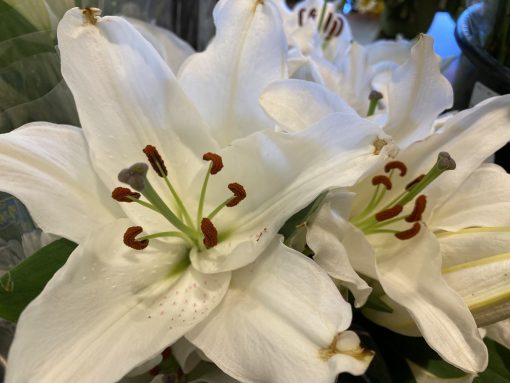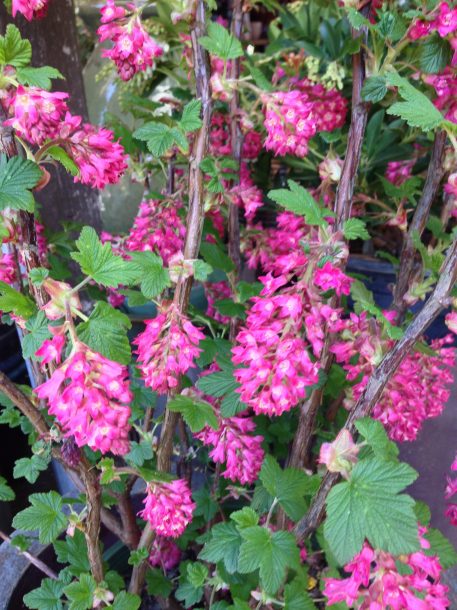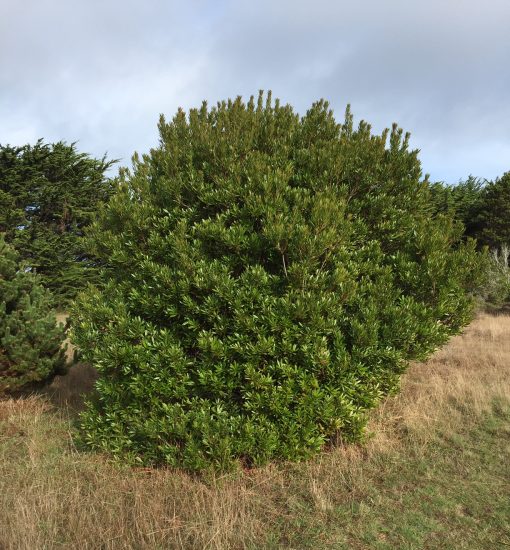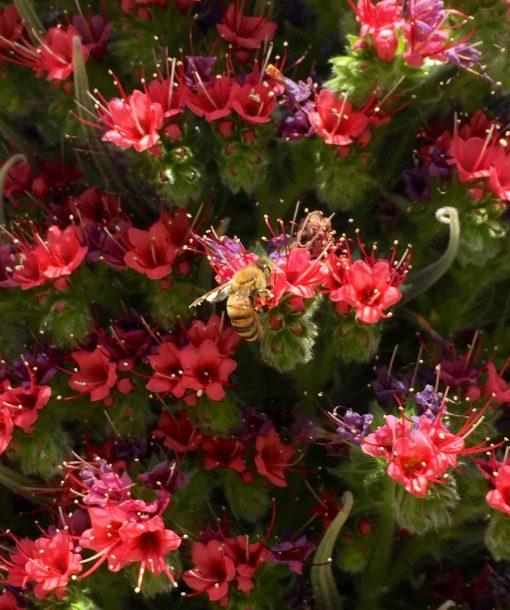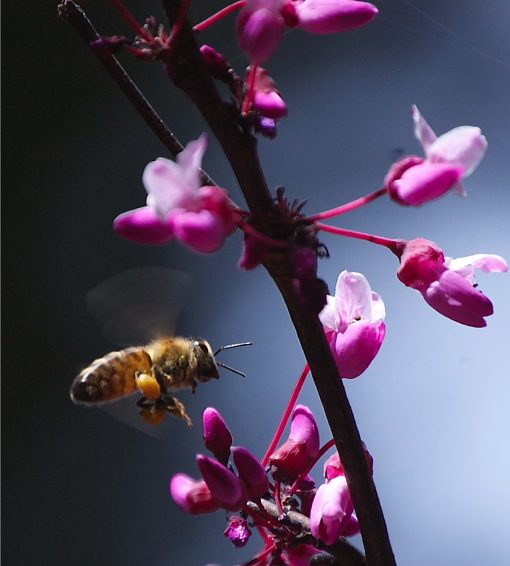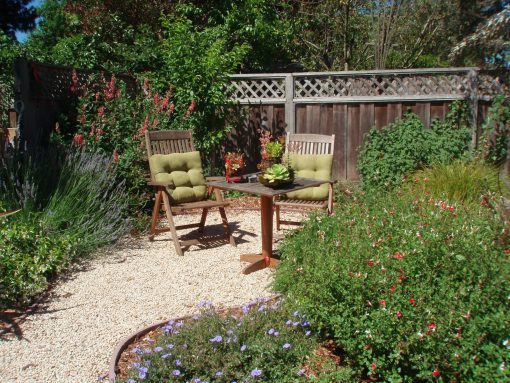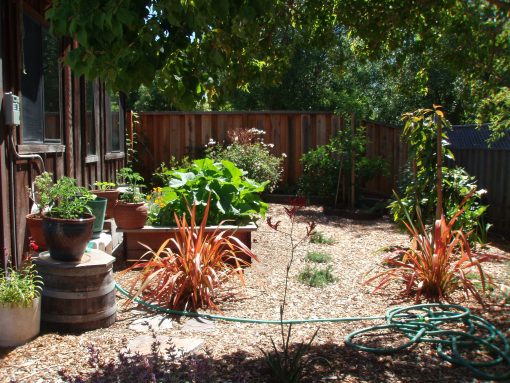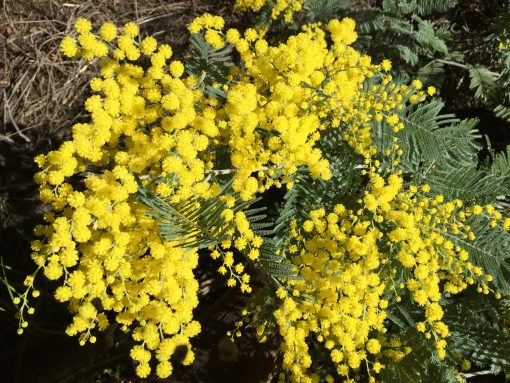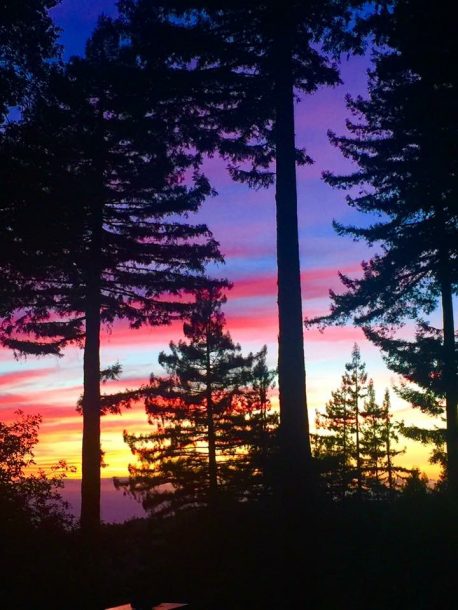
When I walk out my sliding glass doors it hits me. Blooming now since early winter, the pale yellow primroses fill the air with the sweetest scent. It’s only the yellow ones and not all shades of yellow that are fragrant but these make your head turn. The sweet alyssum I planted last fall on the deck is getting a run for the money in the fragrance department.
Many other spring bloomers are deliciously fragrant, too. Whether you’re planting edibles in the vegetable garden or containers on the deck, include plants that entice you to linger and enjoy their sweet scent.
The word fragrance comes from the 17th century French word fragrantia, meaning sweet smell. A garden’s fragrance can be as unforgettable as its appearance. The scent of a particular flower can make you remember past times and places. Plant them along a garden path to enjoy as you stroll, in containers to scent a deck or patio or locate them beneath a window and let their aroma drift indoors.
Old fashion lilacs will be blooming soon. Nothing ways “spring” like the legendary scent of these shrubs. Give them a spot in full sun with enough room for them to spread 6 feet wide. While most plants accept slightly acidic soils, lilacs are an exception. Dig lime into your soil at planting and side dress yearly if your soil is acidic.
Looking for something in vanilla? Evergreen clematis vines make a great screen with 6 inch long, glossy leaves and creamy white, saucer shaped, vanilla-scented flower clusters. Provide study support for them to climb on. They are slow to start but race once established.
Outside the veggie garden, citrus blossoms can scent the air. Plant lemons oranges, mandarins, kumquats, grapefruit and limes in full sun areas. Established trees need a good soak every other week during the warmer months so keep them on a separate watering system from your other edibles.
Inside the veggie garden, include scented plants that attract beneficial insects. Fragrant lavender and sweet alyssum are good choices. For sheer enjoyment, plant perennial carnation and dianthus for their intense clove fragrance. Cinnamon Red Hots grow to 15 inches, are deer resistant, bloom all spring and summer and don’t need deadheading. Velvet and White border carnations are among the least demanding and most satisfying perennials in the garden. As cut flowers they are long lasting and highly fragrant in bouquets.
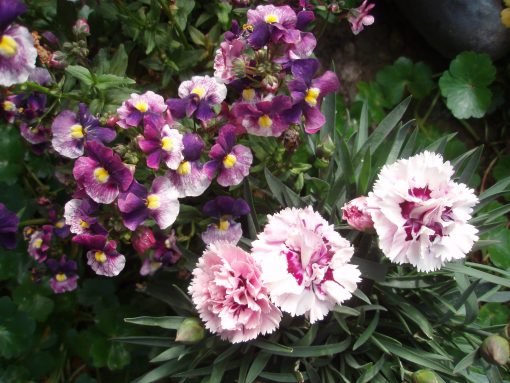
A fragrant perennial to tuck among your other plants or veggies is Berries & Cream Sachet nemesia. Intensely fragrant blossoms are purple and white, just like blackberries covered with cream. They bloom for months without any special care but if flowers decline, cut plants back to stimulate new growth.
More scented perennials include sweet violets for spring fragrance and chocolate cosmos for later in the season. Plant several chocolate cosmos for the strongest effect. They really do smell like dark chocolate on a warm day. Vivid purple heliotrope smell like vanilla and licorice.
Fragrant shrubs that are easy to grow are Mexican Orange (choisya ternata) which blooms most of the year. Pittosporum eugenoides, tenuifolium and tobira all have tiny blossoms that also smell like oranges. The tiny flower cluster of Fragrant Olive (osmanthus fragrans) have a delicate apricot fragrance. Other fragrant shrubs include California native Philadelphus lewisii (Wild Mock Orange) and Calycanthus occidentals (Spice Bush) another native to our Central and Northern California mountains. Their fragrant burgundy flowers smell like red wine. Ribes viburnifolium, carpenteria californica and rosa californica are mildly scented, too.
Plant for fragrance. It’s your reward for all the care and tending you give your garden.

